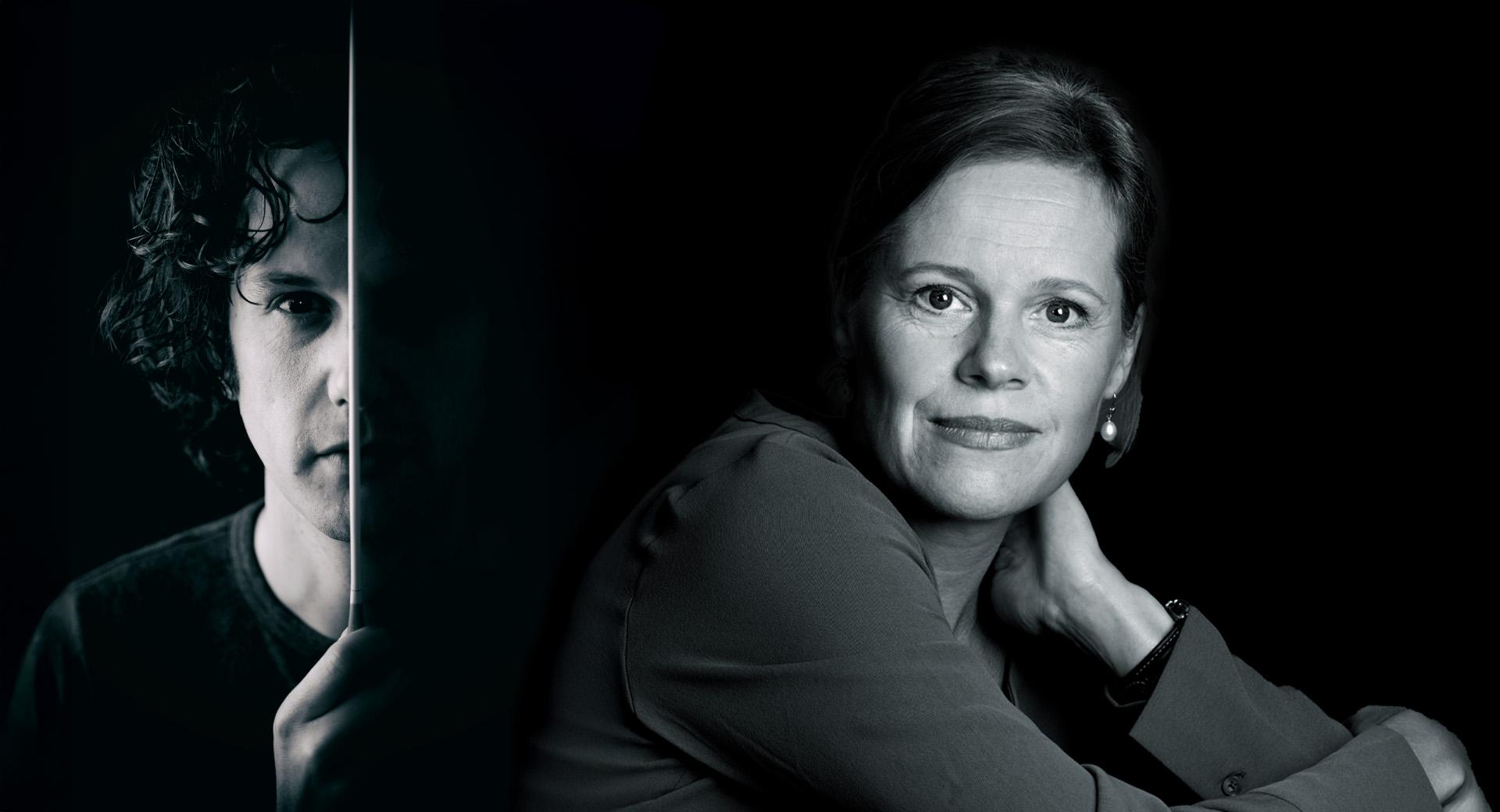The Release of Spring
Spring is a time for hope and faith in the future. The light of heaven returns and life is awakened in all that has been asleep in nature. The rivers are released from their bond of ice, the water flows freely. All buds burst and their splendour of flowers colour the world. Humans and animals alike come out of houses, homes and boroughs to explore this newly awakened place. It is not difficult to imagine a society where gifts were sacrificed to bring on an early spring and for vital crops to grow with new energy. A Rite of Spring out of desire for help, to make life a little easier.
This production is part of one or more concert series.

With this concert, the orchestra Filialen wants to take the chance to express the hope for a start to the year without troubles, through music, together with the audience in the Release of Spring. After a difficult time with shutdowns and hardships during the pandemic, the orchestra is now looking forward to meeting the music together with the audience again. More than 120 musicians gather on stage at Berwaldhallen to perform some of the 20th century’s most talked about orchestral works. Music that is as up-to-date and debated today as when it was written 100 years ago.
Sergei Prokofiev (1891-1953): Parts from Romeo and Juliet, Op. 64a
The ballet Romeo and Juliet was commissioned by the Mariinsky Ballet and composed 1935-1936. The ballet is based on William Shakespeare’s tragedy Romeo and Juliet, in which Prokofiev rewrote the end of the story. When the work was completed, however, the cultural climate in the country did not allow it to be performed as the happy ending of the ballet was considered too provocative at the time. Prokofiev then rearranged the work in the form of an orchestral suite. It was not until December 30, 1938, that the ballet premiered, in Brno, Czechoslovakia, and only a year later, on January 11, 1940, in Leningrad, with the rewritten end.
Sergei Prokofiev (1891-1953): Violin Concerto No. 1, Op.19
Prokofiev completed his first violin concerto in 1917, which is considered one of his most productive years as a composer. However, he started the concert as early as 1915 when he, inspired by Karol Szymanowski’s work Mity (Op. 30), wrote the opening melody that will begin the violin concerto. The violin concerto was premiered in 1923 with the Paris Opera with Serge Koussevitzky as conductor and Marcel Darrieux as soloist. The premiere took place during Prokofiev’s first year in Paris, where he lived for a long time. What especially distinguished the violin concerto in its time was the way in which the solo part is written more as part of the orchestra than as a separate solo part for the orchestra to accompany. The Russian music critic Yampolsky described the work as follows (freely translated):
The solo violin is not set against the orchestra, but rises from within to dominate it. This is a unique modern treatment of the violino principale role found in the pre-classic violin concerto.
Igor Stravinsky (1882-1971): The Rite of Spring
Much has been written about the premiere of Stravinsky’s The Rite of Spring, which took place at the Théâtre des Champs Élysées in Paris on May 29, 1913 with the Russian Ballet. The music and choreography were accused of being so different and provocative that it led to the riot that occurred in the theatre, and police had to be called. The sound from the audience overwhelmed the orchestra with more than 100 musicians, which caused the choreographer Niżyński to begin shouting out numbers from the side of the stage to give the dancers a common rhythm to stick to.
The Rite of Spring is subtitled Pictures of Pagan Russia in Two Parts and depicts a series of rites in which a young girl is chosen as a sacrifice to nature, after which she dances herself to death. The work is divided into two acts, 1. Adoration of the Earth and 2. The Sacrifice. As a whole, it consists of 14 dances (movements). Stavinsky got the idea for the sacrificial rite during the time he was working on his earlier work The Firebird and wrote The Rite of Spring in a small room that he rented in Clarens, Switzerland.
What shocked the audience was partly the music, with a complex rhythm performed on instruments played in higher or lower registers than previously performed, which also challenged the musicians. It is claimed that Stravinsky said in an interview late in life that today’s orchestras are too technically driven and play certain parts ”too well” based on the original musical idea. The harmonics in the work are stacked on top of each other, which makes the music dissonant and perceived as extremely complex, even if the individual instrument groups to the majority have melodic parts. The choreography of Niżyński also spurred strong reactions when the dancers placed their whole foot on the stage floor and walked and stood with their feet turned inwards.All of which was shunned by the contemporary academies of dance. The jerky movements were perceived as animalistic, erotic and pagan.
The year following the scandal-ridden premiere, The Rite of Spring was performed as an orchestral work, without dancing, and met a completely different reception. It is said that Stravinsky was carried on the shoulders of the audience in triumph at one of the performances he conducted. After the First World War, attempts were made to set up the ballet with his original choreography, but Niżyński was then in such a bad mental state that he could not recreate the choreography. Neither did any other member of the dancing company remember the choreography. The performance of The Rite of Spring in the original set was therefore delayed until the 1980s when the choreography was recreated according to Niżyński’s script.
The Rite of Spring is considered one of the first examples of modernism in music and is known for its brutality, its barbaric rhythms and its dissonance. Leonard Bernstein described The Rite of Spring as the most important piece of music of the 20th century.
Approximate concert length: 2 h including intermission
External organiser: orchestra Filialen



